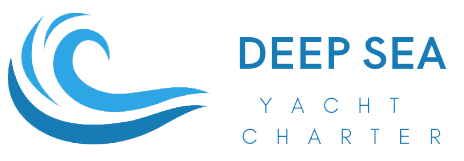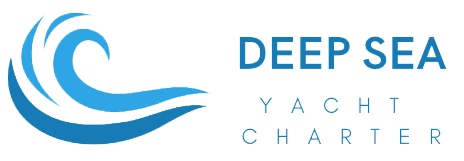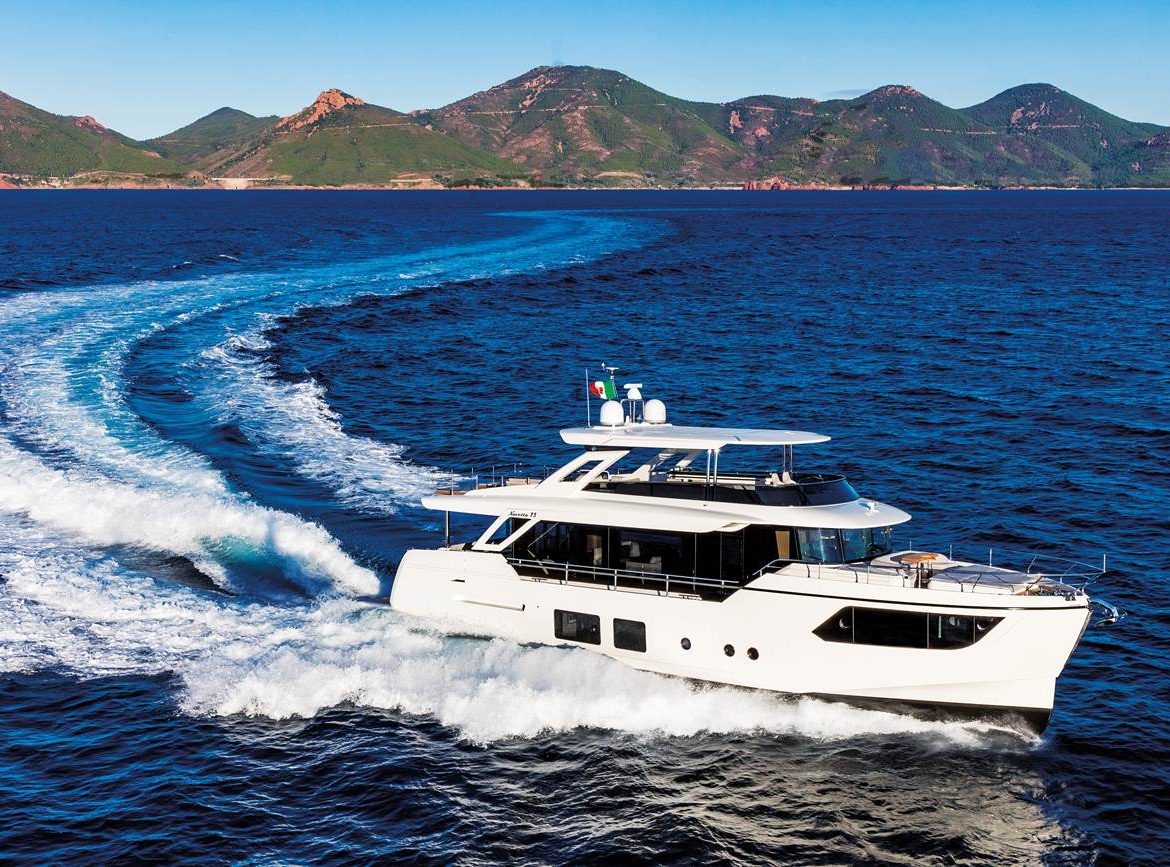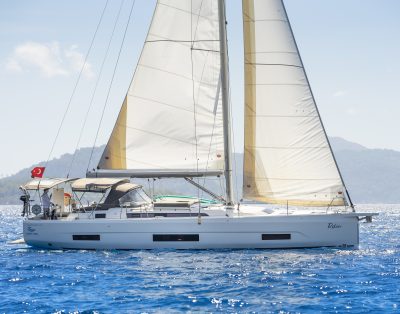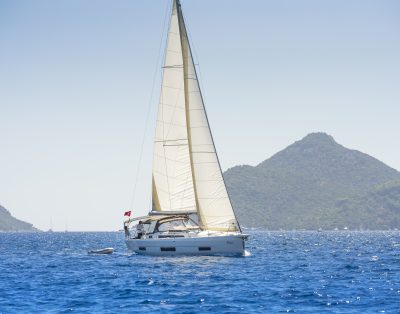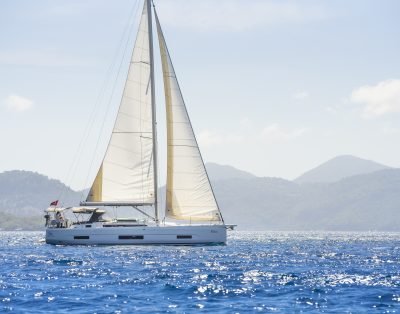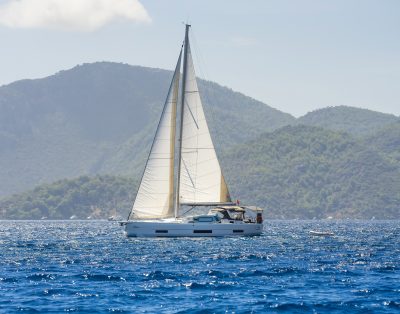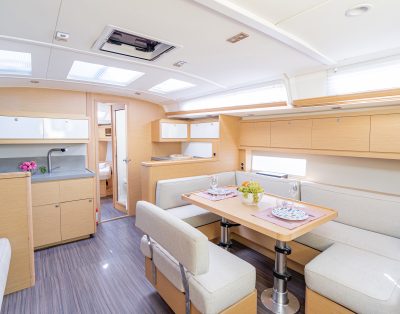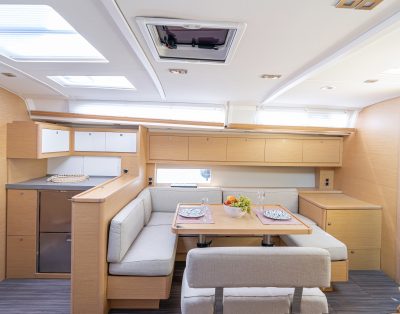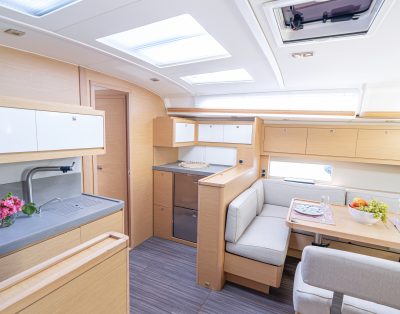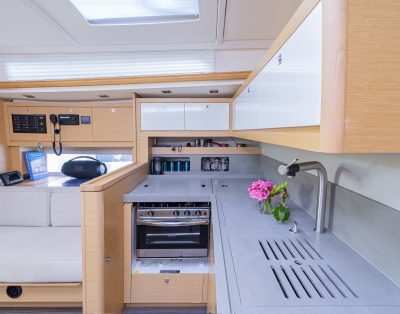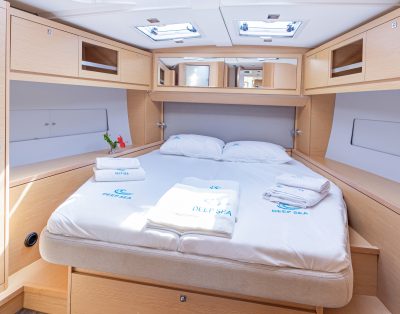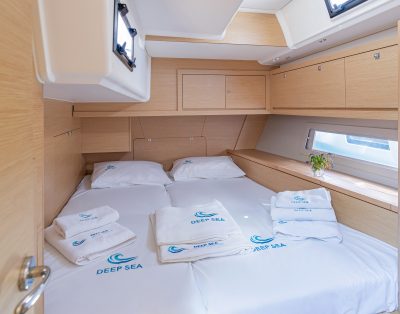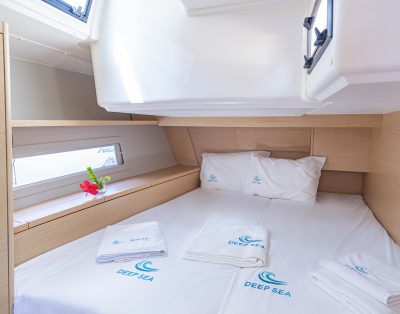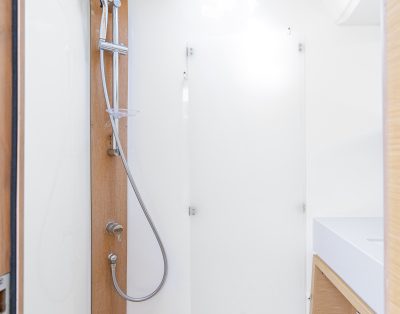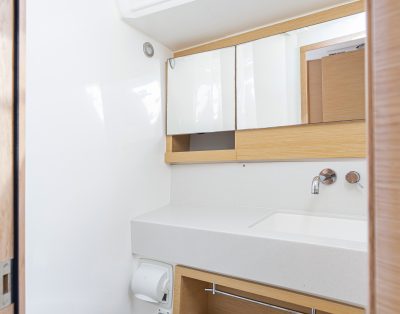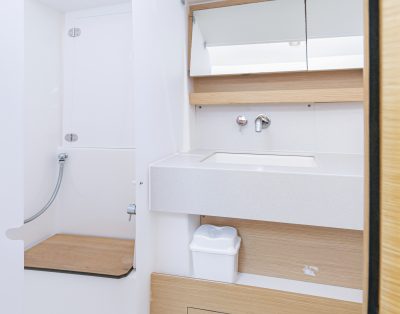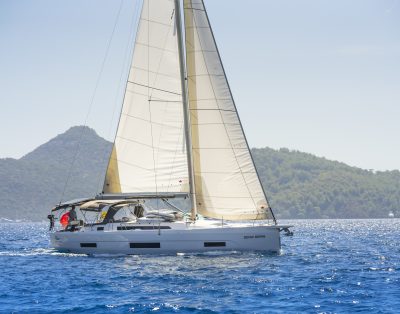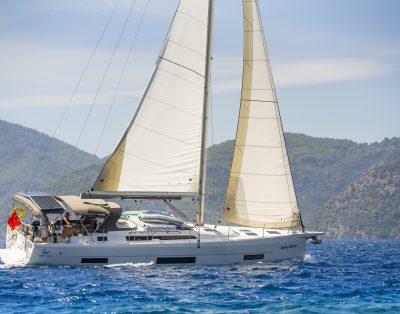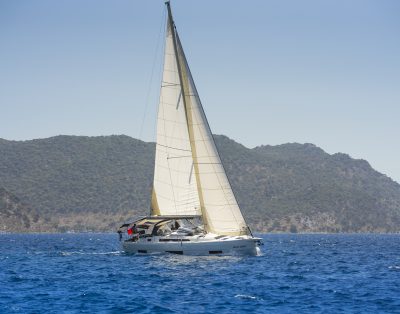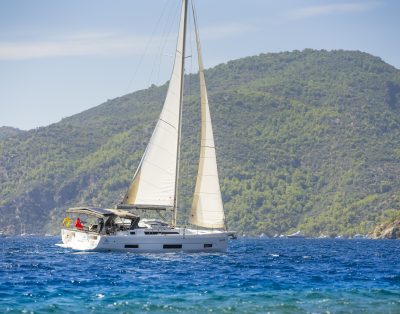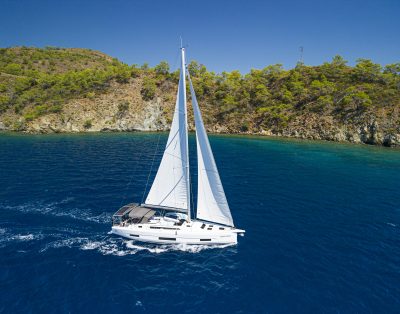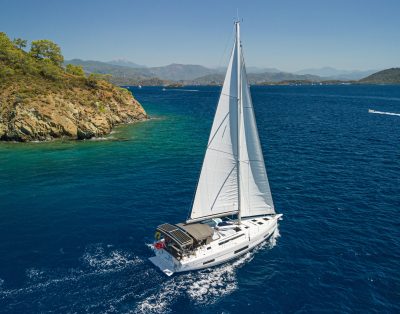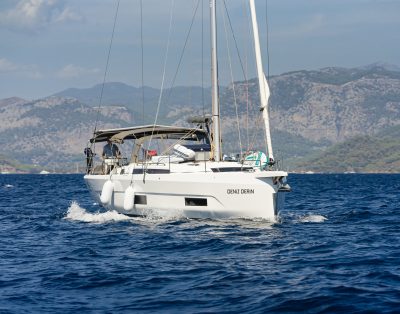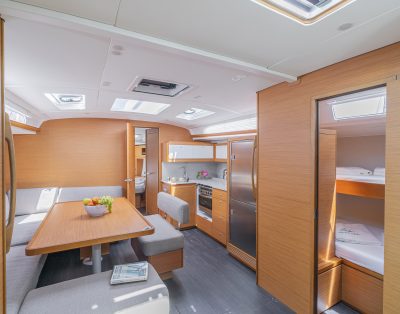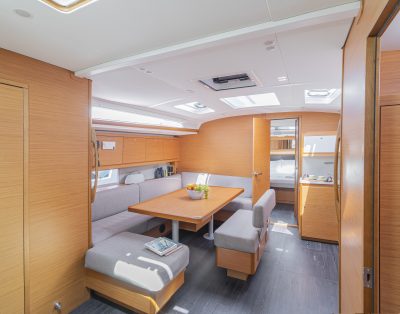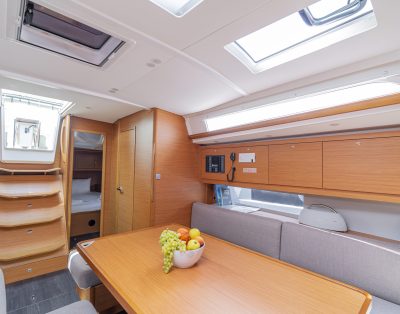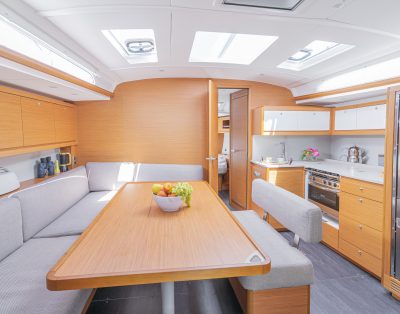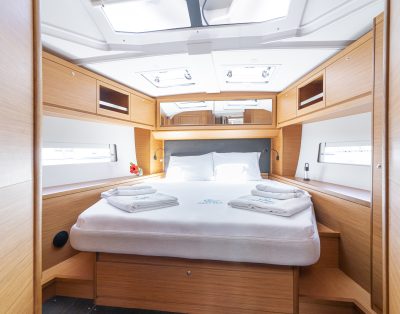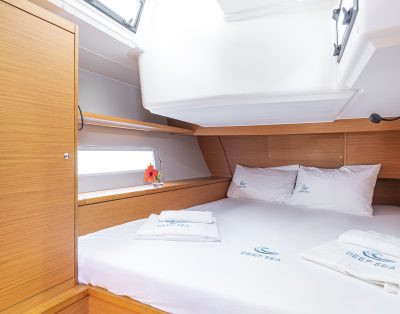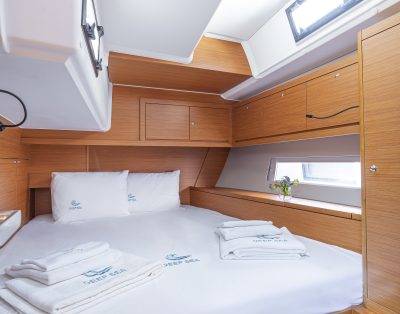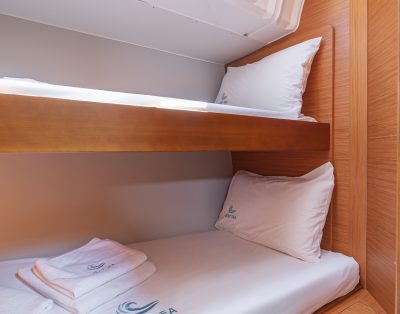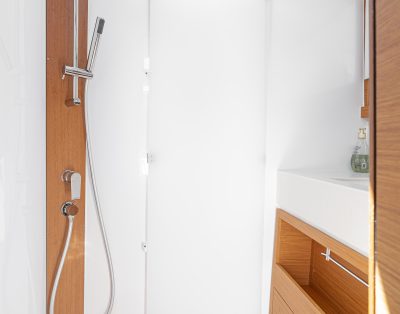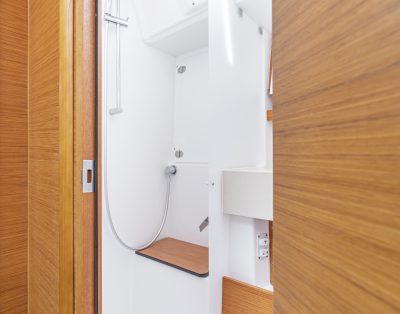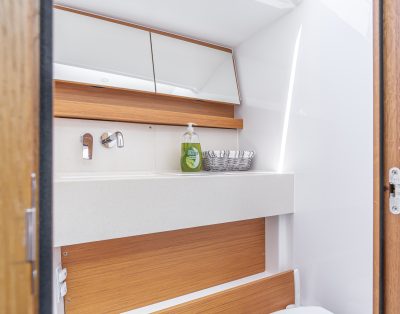Turkey Yacht Charter Guide 2025
Turkey has emerged as the Mediterranean’s most compelling yacht charter destination, offering 40-60% cost savings compared to Western European alternatives while maintaining world-class facilities and the region’s longest sailing season from April through October. The Turkish charter market is experiencing 13.7% annual growth, driven by exceptional value propositions, diverse fleet options from traditional gulets to modern superyachts, and unique advantages including 0% VAT for EU-flagged vessels and access to pristine waters largely untouched by mass tourism. With Turkey ranking as the world’s third-largest yacht builder, the infrastructure and expertise supporting charter operations rivals any Mediterranean destination while maintaining authentic cultural experiences and significantly lower operational costs.
Current charter pricing in Turkish waters
The Turkish yacht charter market offers exceptional value across all vessel categories, with medium-range pricing providing luxury experiences at competitive rates. Peak season pricing (July-August) commands 20-50% premiums, while shoulder seasons (May-June, September-October) deliver optimal weather conditions at base pricing levels.
Traditional gulets (20-24m) represent Turkey’s signature charter experience, with weekly rates ranging €21,000-€54,000. Premium examples include the Queen of Salmakis at €28,000-€54,000 weekly and Silver Moon at €24,500-€35,000. These traditional wooden vessels offer authentic Turkish hospitality with modern amenities, typically featuring lower APA costs of 15-20% due to anchoring preferences over marina usage.
Motor yachts (25-30m) span a broader pricing spectrum from €20,000-€110,000 weekly, reflecting diverse specifications and luxury levels. Representative examples include the 30m Zeemar at approximately €101,500 weekly and the 28m Blanco at €35,700 weekly. This category benefits from Turkey’s advanced marine infrastructure and competitive operational costs.
Superyachts (40m+) command €110,000-€350,000 weekly for medium-range luxury, with specific examples including the 40m Atlantika at €120,400 weekly and Ariela at €151,900 weekly. Turkey’s position as the world’s second-largest superyacht constructor ensures excellent technical support and competitive pricing compared to traditional Mediterranean destinations.
Catamarans (12-14m) offer the broadest accessibility with rates from €2,000-€45,000 weekly. Over 322 catamarans are available for charter from major Turkish bases, with luxury examples like the 23m Adriatic Dragon commanding €44,800 weekly. The growing catamaran fleet reflects increasing demand for stability and space efficiency.
Premium destinations and world-class marinas
Turkey’s yacht charter destinations combine exceptional natural beauty with sophisticated marina infrastructure, offering diverse experiences from cosmopolitan luxury to pristine wilderness anchorages.
Göcek stands as Turkey’s yacht charter capital, featuring six modern marinas including D-Marin Göcek with 388 berths accommodating vessels up to 85m. Located just 20-25 minutes from Dalaman Airport, Göcek serves as the gateway to the pristine Twelve Islands area with crystal-clear waters surrounded by pine forests. The destination attracts an exclusive, less crowded clientele compared to other Mediterranean venues, with world-class facilities including advanced boat sensors and comprehensive technical support.
Beyond its technical excellence, Göcek offers unparalleled access to some of Turkey’s most spectacular sailing waters. The protected bay provides ideal conditions for both novice and experienced sailors, while the surrounding coves, including the famous Bedri Rahmi Bay, Tersane Island, and the secluded Yassıca Islands. Create a perfect playground for yacht charter enthusiasts. The region’s unique geography shields these waters from harsh winds, creating calm anchorages perfect for swimming, snorkeling, and watersports throughout the extended sailing season.
For those interested in experiencing the authentic Turkish Blue Cruise tradition starting from this remarkable destination, you can explore our comprehensive guide “The Adventure Begins at Göcek D-Marin: Your Gateway to Turkey’s Blue Cruise“, which details the unforgettable routes, hidden coves, and cultural experiences awaiting you when departing from this premier yacht charter hub.
Bodrum represents the superyacht center of Turkey’s Turquoise Coast, anchored by award-winning facilities like Yalıkavak Marina (Gold Anchor winner) and prestigious Milta Bodrum Marina. The destination combines vibrant nightlife and luxury resort atmosphere with rich ancient history, including the Mausoleum of Halicarnassus (one of the Seven Wonders) and the Castle of St. Peter housing the world’s premier underwater archaeology museum. Over 20 dive sites and strategic positioning for Greek island access enhance its appeal.

Marmaris offers the largest marina capacity on the Turkish coast with Netsel Marina’s 830 berths, positioned as an urban marina experience just two minutes from the city center. The destination provides comprehensive technical services including a 330-tonne travel lift and over 40 international retail brands. Its integration with vibrant nightlife and entertainment districts, combined with proximity to Cleopatra Island and ancient Dalyan Delta, creates a unique urban-natural balance.
Fethiye provides the ideal gateway to the renowned Blue Lagoon of Ölüdeniz and serves as a strategic starting point for exploring both exclusive Göcek waters and broader Mediterranean coastal regions. With 460 berths at Ece Saray Marina and protected waters in the Gulf of Fethiye, it offers family-friendly sailing conditions while maintaining access to dramatic natural attractions like Butterfly Valley and significant Lycian historical sites.
Kaş-Kekova represents Turkey’s most authentic coastal experience, featuring the UNESCO-protected Sunken City of Kekova with underwater ruins from ancient Apollonia. Kaş Marina’s 472 berths provide modern facilities while maintaining access to pristine natural environments and significant Lycian heritage sites including ancient tombs and the picturesque village of Kaleköy, accessible only by boat.
Regulatory requirements and optimal sailing seasons
Turkish charter operations require specific documentation and environmental compliance, while seasonal patterns create distinct advantages for charter planning.
Charter licensing centers on the Transit Log system, requiring all foreign-flagged vessels to obtain this $35 annual permit during port entry procedures. Charter operators typically handle Transit Log arrangements during check-in processes. Skipper qualifications mandate valid sailing licenses including International Certificate of Competence (ICC), RYA Coastal Skipper/Yachtmaster, or ASA 105/106 certifications, though professional local skippers provide alternatives for less experienced charterers.
Environmental compliance revolves around the Blue Card system, implemented through electronic waste tracking under Turkey’s Maritime Waste Application. Registration is mandatory and free for all foreign-flagged yachts staying over three days, with unique identification numbers assigned through marina facilities. Waste disposal requirements mandate pump-outs every 15 days with documented Waste Transfer Forms required during Turkish Coast Guard inspections. Violations carry €750 administrative fines, making compliance essential for charter operations.
Turkey’s sailing season extends from April through October, providing the Mediterranean’s longest charter period. Peak conditions occur during May-June and September, offering warm temperatures in the mid-20s°C with moderate breezes and fewer crowds. July-August peak season brings temperatures exceeding 35°C and strongest winds, requiring strategic planning for comfort and safety.
Meltemi winds significantly impact charter planning, particularly along the southwest coast from mid-May through mid-September. These northwest winds typically build from 9 AM, peak in early afternoon at 15-25 knots, and subside by evening. Bodrum Peninsula experiences the strongest conditions, often exceeding 30 knots, while Fethiye-Göcek areas remain more protected with maximum winds around 20-25 knots. Successful charter planning involves morning departures before wind development and afternoon anchoring in protected northwest-facing bays.
Emerging market trends transforming Turkish charters
The Turkish yacht charter market is pioneering several innovative trends that position it as a leader in sustainable and experiential luxury yachting.
Eco-friendly practices are rapidly expanding across Turkish charter fleets, with operators implementing no-plastic policies, reef-safe sunscreen requirements, and integration of solar panel systems with energy-efficient LED lighting as standard equipment. Turkish yacht builders are incorporating recycled materials including up to 150,000 recycled PET bottles per yacht interior, while seawater desalination systems replace bottled water consumption.
Hybrid propulsion technology is gaining significant traction, supported by Turkey’s position as the world’s third-largest yacht builder. Turkish maritime authorities report hybrid systems offering 20% better fuel efficiency, with major builders like Bilgin Yachts, Turquoise Yachts, and Sirena Marine integrating hybrid technologies into new charter vessels. The upcoming 3rd Super Yacht Türkiye 2025 conference will focus specifically on green superyachts and hybrid yacht crew training.
Wellness charter experiences are evolving beyond traditional offerings by integrating authentic Turkish wellness traditions with modern spa services. Premium facilities like Six Senses Kaplankaya offer multi-day fitness, detoxing, and anti-aging programs, while charter yachts increasingly feature professional spa therapists as specialized crew members. Traditional Turkish hammam experiences, combined with yoga and meditation sessions on deck, create unique positioning versus other Mediterranean destinations.
Luxury gulet evolution represents a distinctly Turkish innovation, with modern vessels exceeding 35 meters featuring only 4 cabins for maximum space and privacy. These boutique hotel-style vessels maintain traditional aesthetics while incorporating composite, steel, and epoxy laminated construction replacing purely traditional wood, ensuring superior performance with authentic cultural experiences.
Spectacular charter routes and hidden gems
Turkey’s diverse coastline offers carefully planned routes combining natural beauty, historical significance, and optimal sailing conditions across multiple difficulty levels and durations.
The Göcek Islands 7-day circuit covers approximately 90-100 nautical miles, beginning with Kapi Creek (8 NM from Göcek) renowned as one of Turkey’s most beautiful anchorages. The route progresses through Sarsala Bay (14 NM) with excellent watersports facilities, the uninhabited Yassica Islands chain (12 NM) offering pristine swimming, and historic Fethiye (15 NM) featuring Lycian rock tombs and vibrant nightlife. Gemiler Island provides Byzantine ruins and St. Nicholas connections, while Hammam Bay and Wall Bay (9 NM) offer Cleopatra’s legendary bathing waters with half-submerged monastery ruins for snorkeling.
The Fethiye to Marmaris 7-day route spans 125 nautical miles, connecting two major charter bases through spectacular coastal scenery. Key stops include Kumlubük Bay (6 NM from Marmaris), Ekincik Bay (25 NM) with access to Dalyan mud baths and ancient Caunos ruins, and scenic Göbün Bay (15 NM) featuring caves and Lycian graves carved into rock faces. The route provides flexible one-way or round-trip options with excellent provisioning and marina facilities at both termini.
The Bodrum Peninsula 4-5 day circuit covers 99-115 nautical miles through the Gulf of Gökova, combining ancient wonders with natural beauty. Çökertme Beach (15 NM) offers mountain backdrops and authentic kebab restaurants, while Sedir Island (Cleopatra Island) at 20 NM features famous white sandy beaches within Kiran mountain range views. Ancient Knidos (25 NM) provides seaside theater ruins and panoramic peninsula views, with Kara Ada’s thermal springs and healing mud baths (35 NM) completing the cultural and wellness experience.
The Hisarönü Gulf 7-day exploration covers 91 nautical miles, focusing on traditional maritime culture and pristine anchorages. Bozukkale (18 NM) showcases ancient Loryma city walls, while traditional shipbuilding villages Söğüt and Bozburun (15 NM) demonstrate continuing gulet construction. Selimiye village transforms to rich red shades at sunset, and Orhaniye features the unique “Kız Kumu” tidal formation allowing walking across bay waters.
The Kaş-Kekova Blue Cruise 3-4 day route covers 45-60 nautical miles through the UNESCO-protected Sunken City area. Ancient Apollonia’s submerged ruins from 2nd-century earthquakes provide unique viewing opportunities (diving prohibited for preservation), while Kaleköy village (ancient Simena) with its hilltop castle remains accessible only by boat. Tersane Bay’s Roman shipyard ruins and connections to the ancient Lycian Way hiking trail create exceptional historical immersion.
Practical charter considerations and financial planning
Understanding Turkish charter contracts, pricing structures, and booking procedures ensures optimal experiences while managing costs effectively.
Charter pricing models favor the MYBA “plus expenses” system, where base charter fees cover yacht hire, crew wages, insurance, and ship’s laundry. APA (Advance Provisioning Allowance) typically requires 30-40% of base charter rates for motor yachts and 20-30% for sailing vessels, covering fuel, food, beverages, dockage, and activities. Gulet charters often feature lower APA requirements of 15-20% due to predominantly anchoring versus marina usage patterns.
Contract standards predominantly follow MYBA Mediterranean agreements, providing industry gold standard protection through stakeholder accounts and clear force majeure definitions. Eastern Mediterranean Terms (EMT) apply to many gulet operations, including fuel for 3-4 hours daily cruising, generator fuel with air conditioning time limits, and harbor fee inclusions. Payment schedules typically require 50% deposits upon signing with final payments due 4-6 weeks before charter commencement.
Crew gratuities follow established Mediterranean standards of 10-15% of base charter fees, calculated on yacht hire costs excluding APA, VAT, and delivery charges. Turkish charter culture expects but doesn’t mandate gratuities, with crew income significantly enhanced through guest appreciation. Payment occurs on final days in cash to captains, who distribute amounts among crew members based on service quality and contribution levels.
Booking timelines require 3-6 months advance planning for optimal yacht selection, with peak season (July-August) demanding earliest possible reservations. Turkey’s extended April-October season provides greater flexibility than other Mediterranean destinations, though shoulder seasons (May-June, September-October) offer ideal weather conditions with fewer crowds and base pricing. 0% VAT advantages for EU-flagged vessels in Turkish waters create significant cost benefits versus other charter destinations.
Conclusion
Turkey’s yacht charter market represents a paradigm shift in Mediterranean luxury yachting, combining world-class infrastructure with authentic cultural experiences at unprecedented value levels. The convergence of traditional Turkish maritime heritage with modern sustainable technologies, extended sailing seasons, and strategic cost advantages creates compelling positioning for discerning charter guests seeking both luxury and authenticity. As the global yacht charter market grows toward $18.29 billion in 2025, Turkey’s unique advantages in manufacturing expertise, cultural integration, regulatory efficiency, and environmental innovation establish it as the Mediterranean’s most compelling alternative to traditional Western European destinations, delivering premium experiences at accessible price points while maintaining the highest standards of safety, service, and environmental responsibility.
